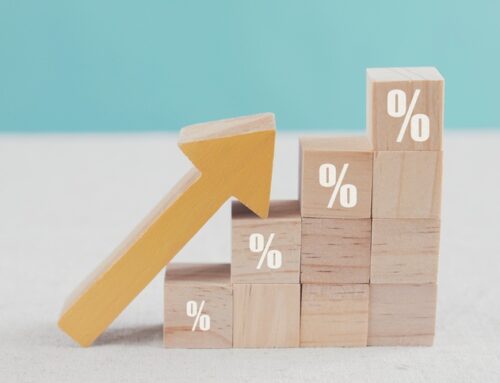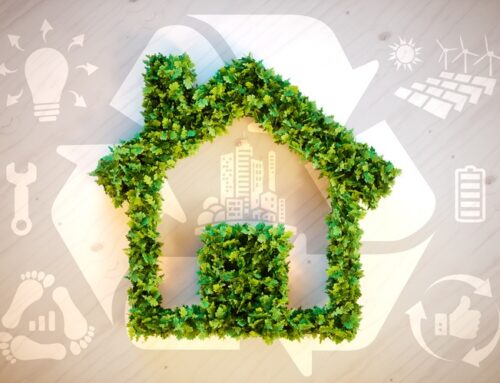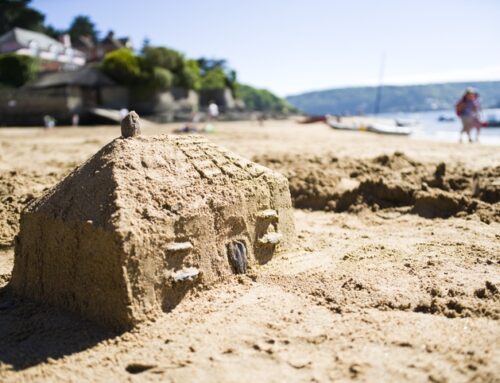Home » Uncategorised »
Almost 40% of Stamp Duty Raised in Q3 Subject to 3% Surcharge
This article is an external press release originally published on the Landlord News website, which has now been migrated to the Just Landlords blog.
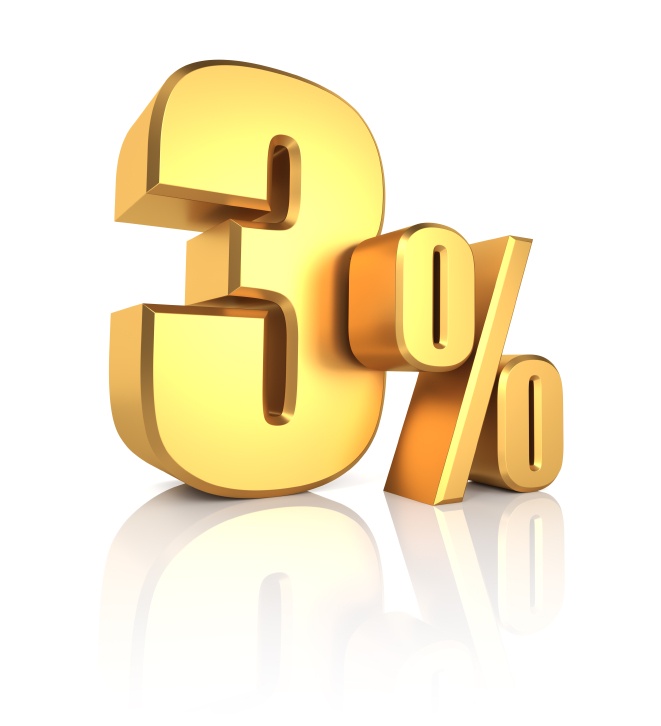
Almost 40% of the Stamp Duty Land Tax (SDLT) raised in the last quarter (Q3) related to property transactions that were subject to the 3% surcharge for additional homes, according to recent data.
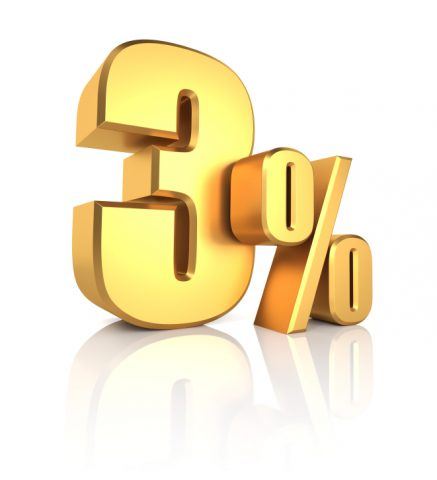
Almost 40% of Stamp Duty Raised in Q3 Subject to 3% Surcharge
Commenting on the Government’s statistics, London chartered accountants Blick Rothenberg claims that the figures prove that the introduction of the 3% surcharge was effectively a “back door” tax rise.
The Government’s quarterly Stamp Duty data, which was updated on Friday, shows that the additional 3% surcharge for buy-to-let landlords and second homeowners has collected an extra £670m for the Treasury since its introduction on 1st April 2016.
The statistics also show that the Stamp Duty receipts for Q3 2016 are the highest for one quarter in the past eight years. Almost 40% (39.13%) of the Stamp Duty receipts collected during this period were subject to the 3% surcharge.
A partner at Blick Rothenberg, Nimesh Shah, says: “We are probably looking at the highest number of SDLT receipts ever for one quarter. But the fact that nearly 40% comes from property transactions which were subject to the 3% surcharge confirms our suspicions that the introduction of this measure was effectively an increase to SDLT rates by the back door.”
The Government made changes to the way Stamp Duty was calculated in December 2014, removing the cliff-edge method and replacing it with the current progressive rates system. Following the change, there was a significant reduction in Stamp Duty revenue, as buyers purchasing properties under £937,500 were better off under the new system. The Government was prepared for Stamp Duty receipts to decline, and projected that the new system would cost the Treasury £395m in 2014/15 and £760m in 2015/16.
Shah adds: “The introduction of the 3% surcharge from 1st April 2016 rebalances that lost tax revenue from the earlier change, and the latest figures would confirm that it worked.”
Paul Haywood-Schiefer, Assistant Manager at Blick Rothenberg, also comments: “This is almost a 100% increase on the position in Q2 of 2016, where the sales of second or additional properties only amounted 21% of the total SDLT receipts. The likelihood is though that many of the sales of second or additional properties had been rushed through in March to beat the 3% rise.
“Whilst Q4 of 2015 and Q1 of 2016 saw 112,560 more residential sales than Q2 and Q3 of 2016 (689,720 to 577,160), the tax receipts collected were £477m less (£3,707m to £4,184m). It is clear that the additional 3% is making a difference.”

